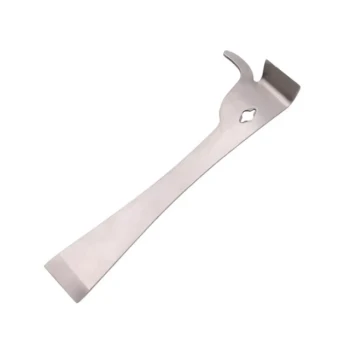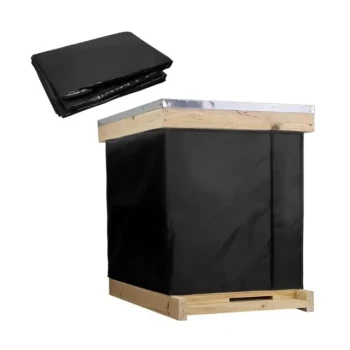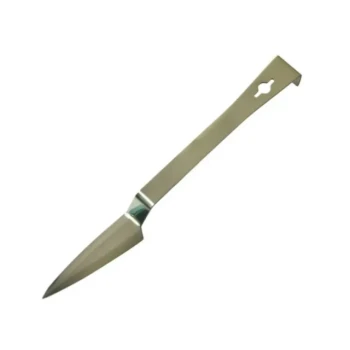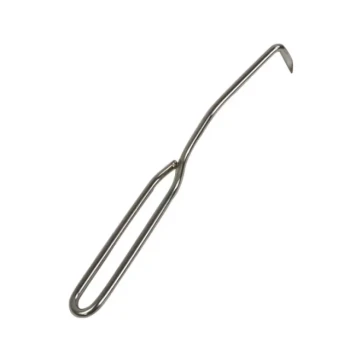To manage small hive beetles, you can use several alternative products including Beetle Baffles that create a mechanical barrier, Swiffer-type sheets that entangle beetles, and beneficial nematodes or Gardstar drench to treat the soil where beetle larvae pupate. These methods supplement the primary defenses of a strong, healthy bee colony and the proven effectiveness of standard in-hive oil traps.
The most critical insight is that no single product can replace the fundamental principle of small hive beetle control: a strong, populous honey bee colony is its own best defense. Alternative products are tools to support, not substitute, good hive management.
The Foundation: A Strong Colony
Why Population Matters
A thriving honey bee colony with a high population can effectively manage a low to moderate number of small hive beetles (SHB). The sheer number of bees allows them to police the hive, chasing beetles and confining them to small areas.
The Bees' Natural Defense
Worker bees will actively harass and trap beetles in cracks and crevices within the hive, effectively "jailing" them. A weak or dwindling colony loses this ability, allowing the beetle population to explode and overwhelm the hive.
Evaluating In-Hive Alternatives
Mechanical Traps: The Beetle Baffle
The Beetle Baffle is a device installed at the hive entrance. It creates a physical barrier that helps prevent adult beetles from entering the hive from the bottom board. It's a preventative measure, not a tool for eliminating an existing population.
Disposable Traps: Swiffer-Type Sheets
Dry, unscented Swiffer-type sheets can be placed on top of the inner cover or frames. The fibrous material entangles the beetles' legs, trapping them. This is a low-cost, disposable option, but requires regular replacement as bees may chew them up.
Biological Traps: Guardian Beetle Traps
Guardian traps are a newer concept that involves introducing a beneficial predatory beetle into a protected compartment within the hive. In theory, this predator consumes SHB that enter the trap, but their widespread effectiveness is still under evaluation.
Controlling Beetles Outside the Hive
Soil Treatment: Beneficial Nematodes
Small hive beetle larvae must leave the hive and pupate in the soil. Applying beneficial nematodes (specifically Heterorhabditis indica) to the soil around the apiary is a highly effective, non-chemical way to break the beetle life cycle. The nematodes seek out and kill the pupating beetles in the ground.
Chemical Soil Drench: Gardstar
Gardstar is a permethrin-based insecticide used as a soil drench around hives. It is effective at killing SHB larvae in the soil but is a chemical control. Extreme care must be taken to prevent it from contaminating the hive, bees, or honey.
Understanding the Trade-offs
The Issue of Variable Effectiveness
The success of many alternative products can be inconsistent. Factors like climate, beetle pressure, and colony strength heavily influence their effectiveness. What works well in one apiary may be less effective in another.
Prevention vs. Eradication
Most of these alternatives are best used as preventative measures or to control low-level populations. They are not designed to resolve a severe, established infestation where the beetles have begun to slime the honey and combs.
The Role of Standard Oil Traps
It's important to recognize that these alternatives are often used in conjunction with, or as supplements to, the most common and effective controls. In-hive oil traps, which drown beetles in a reservoir of mineral oil, remain one of the most reliable methods for reducing the adult beetle population inside the hive.
Making the Right Choice for Your Goal
- If your primary focus is integrated, chemical-free pest management: Combine a focus on strong colonies with beneficial nematodes for soil treatment and in-hive Swiffer-type sheets.
- If you see larvae crawling out of the hive: Your most urgent action is to treat the soil to break the life cycle, making nematodes or a targeted soil drench your top priority.
- If you are dealing with a significant adult beetle population inside the hive: Supplement your efforts to boost colony strength with proven in-hive oil traps to reduce the immediate pressure on the bees.
Ultimately, successful small hive beetle management relies on an integrated approach tailored to your specific conditions, with a strong, healthy colony as its foundation.
Summary Table:
| Alternative Product | Method of Action | Best Use Case |
|---|---|---|
| Beetle Baffle | Mechanical barrier at hive entrance | Preventative measure to block beetle entry |
| Swiffer-Type Sheets | Entangles beetles' legs on hive surfaces | Low-cost, disposable trapping for low-level populations |
| Beneficial Nematodes | Kills pupating larvae in soil | Chemical-free soil treatment to break beetle life cycle |
| Gardstar Soil Drench | Chemical insecticide for soil drench | Targeted control for severe larval infestations |
Strengthen your apiary's defense against small hive beetles with HONESTBEE.
Managing small hive beetles requires reliable equipment and strategic solutions. As a trusted wholesale supplier for commercial apiaries and beekeeping equipment distributors, HONESTBEE provides the durable tools and supplies you need to maintain strong, healthy colonies—the foundation of effective beetle control.
Let us help you build a more resilient operation. Contact our team today to discuss your wholesale needs and discover how our beekeeping supplies can support your integrated pest management strategy.
Related Products
- Removable Washable Hive Beetle Trap Attractants for Small Hive Beetles
- Professional Multi-Function Stainless Steel Hive Tool
- Compact Circular Bee Mite Treatment Dispenser
- Professional Insulated Winter Hive Wrap for Beekeeping
- HONESTBEE Professional Long Handled Hive Tool with Precision Cutting Blade
People Also Ask
- What is the best time to use beetle traps? Master the Spring Strategy for Effective Hive Protection
- How should filled beetle traps be handled? Safely Remove and Dispose to Protect Your Hive
- What are the main types of hive beetle traps available? A Beekeeper's Guide to Effective Control
- What are some key facts about the life cycle of small hive beetles? Master the Two-Front Defense Strategy
- What should be done if a hive shows signs of a small hive beetle infestation? Protect Your Hive Now



















